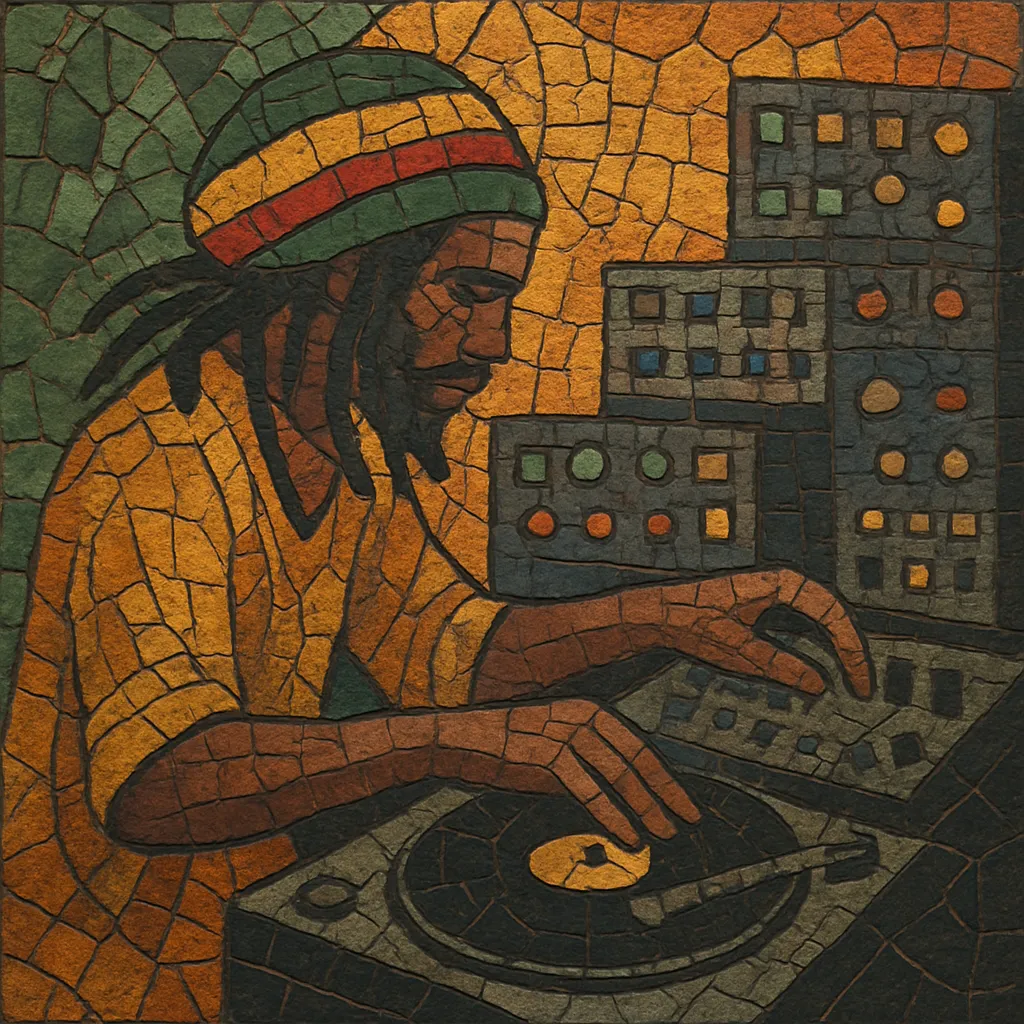Dubwise is a studio- and sound‑system–driven approach to reggae and dub that foregrounds the mixer as an instrument. It emphasizes deep, melodic basslines, stripped-down rhythms, and dramatic use of effects such as tape echo, spring reverb, filters, and drop‑outs.
In its classic Jamaican form, dubwise refers to taking a song’s "version" and reimagining it on the mixing desk—muting vocals, spotlighting drum and bass, and sending fragments through cavernous echoes. The aesthetic later became a portable toolkit applied across scenes (from UK post‑punk to jungle/drum & bass and dubstep), but it remains rooted in the spacious, bass‑first sensibility of 1970s Kingston.
Dubwise emerged within Jamaica’s reggae recording and sound-system culture in the early to mid‑1970s. Engineers and producers such as King Tubby and Lee "Scratch" Perry began creating “versions” of vocal tracks that highlighted drum and bass, using the mixing console as a creative instrument. Shouts of “dubwise!” from deejays would often signal a plunge into echo‑drenched breakdowns, sudden mutes, and psychedelic spatial effects.
What distinguished dubwise was its methodology: real‑time performance on the desk—riding faders, punching sends to spring reverbs and tape delays, sweeping high‑pass filters, and strategically dropping elements to let the bassline and drums breathe. This approach turned a finished song into raw material for live remixing and inaugurated a producer‑as‑artist paradigm.
As Jamaican communities established vibrant scenes in the UK, the dubwise ethos spread through labels and collectives (e.g., On‑U Sound) and producers like Mad Professor and Sly & Robbie. The technique permeated post‑punk, lovers rock, and experimental electronic circles, retaining the sound-system emphasis on heavy sub and head‑nodding groove.
The dubwise toolkit profoundly influenced UK bass music. Jungle and drum & bass adopted reggae basslines, ragga vocals, and dub FX; many tracks were explicitly billed as "dubwise" versions. The same sensibility fed into trip hop and later into dubstep, whose skeletal rhythms and towering sub‑bass carried dubwise spatiality into a new era.
Dubwise is both a historical practice and a living aesthetic heard across reggae, modern dub, DnB, dubstep, and experimental electronic music. Whether cut to a 7" version or performed live on a mixer, its core remains: space, bass, and the art of subtractive, effects‑led storytelling.


